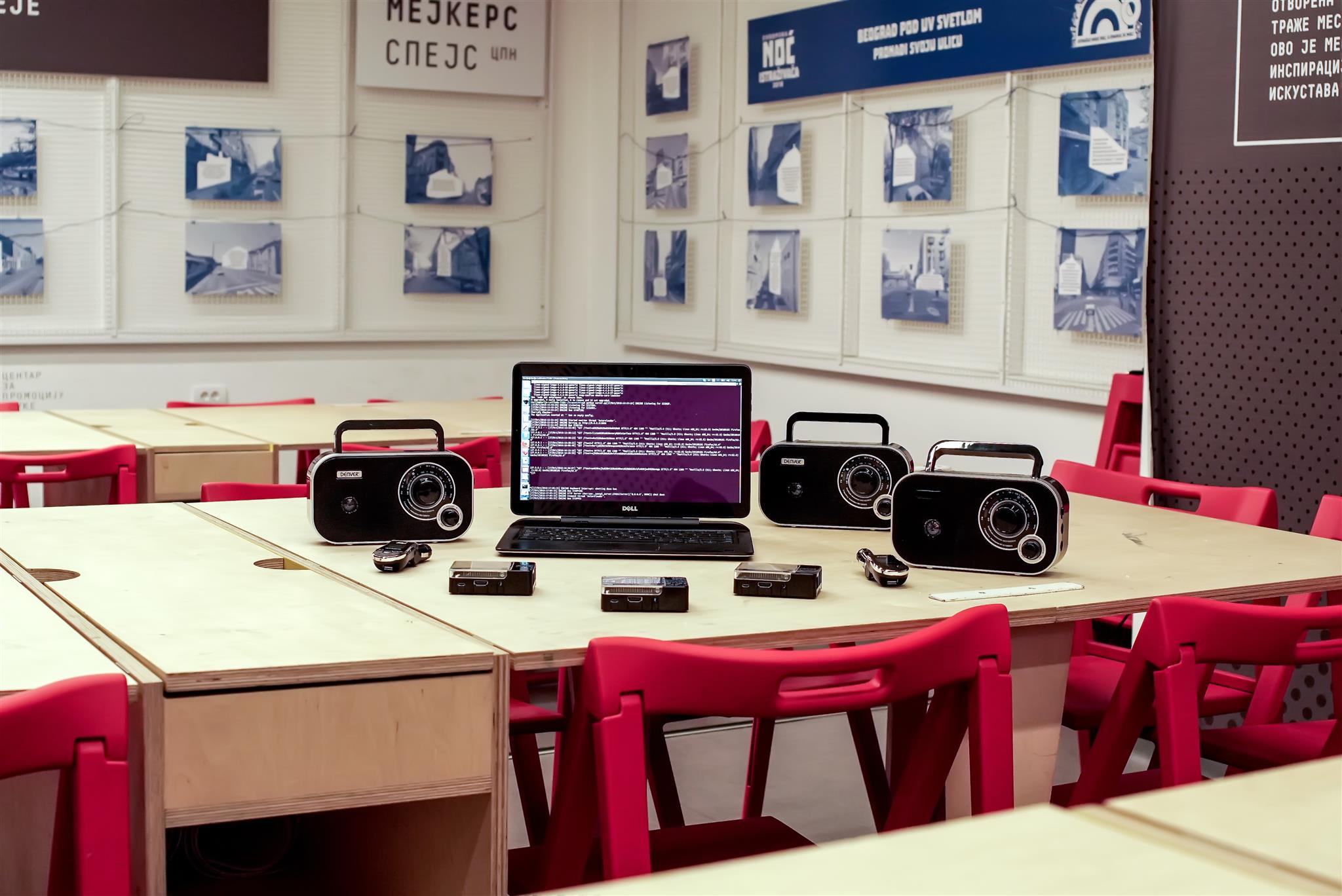Posted: July 24, 2019

Transmitting is a two way channel is a web and electronic art intervention that allows users to broadcast whatever they type in their browsers via Google's text to speech service on public FM radio.
The work aims to question the social nature of digital information, as well as participative network systems (Internet), that are seen as the opposite to a one directional model of communication tramittion as in old mass media.
Offering a strategy of Reverse search engineering (search engine and reverse engineering), we gain the possibility to use search engines or any other browser text field as a subversive broadcasting unit, consciously communicating with “smart algorithms” that find practical meaning in any textual form.
Paying attention to the physical aspect of information, it becomes traced and tangible over radio transmission, filling up physical space, making the webs of communication happening everywhere around us visible.
The title Transmitting is a two way channel refers to Brecht's critique of the one sidedness of the radio system (later to be mass media in general) in which he argued that every signal recipient should be capable of broadcasting himself, in a way foreseeing the development of the Internet. On the other hand, the sole expansion of the Internet has passed a long way from a utopian image of a decentralized network for knowledge exchange to a bureaucratized commercial medium for advertising on which intellectual debate, as well as banal information become the source of capital.
Appropriating a free FM frequency, as a squatting strategy, reminds us that the FM spectrum became a subject of ownership over time, and at the same time consists of an ephemeral structure- air. It could have also stayed a common good, free in both senses of the word, whereas wi-fi technology as a technology of radio is telling of the common use of this technology for the purpose of controlling information systems, as well as, consequently, the unexplored possibilities of the radio spectrum. It has been exhibited in various locations and contexts, from marketplaces and libraries, to gallery spaces and festivals. The work has also evolved over time through several formats, including an archive of the history of its user's typing activities and sound, as well as the interface design.
It has also been a mediator of several performances, such as for What is this exhibition doing here? and Feminist typewriter.
